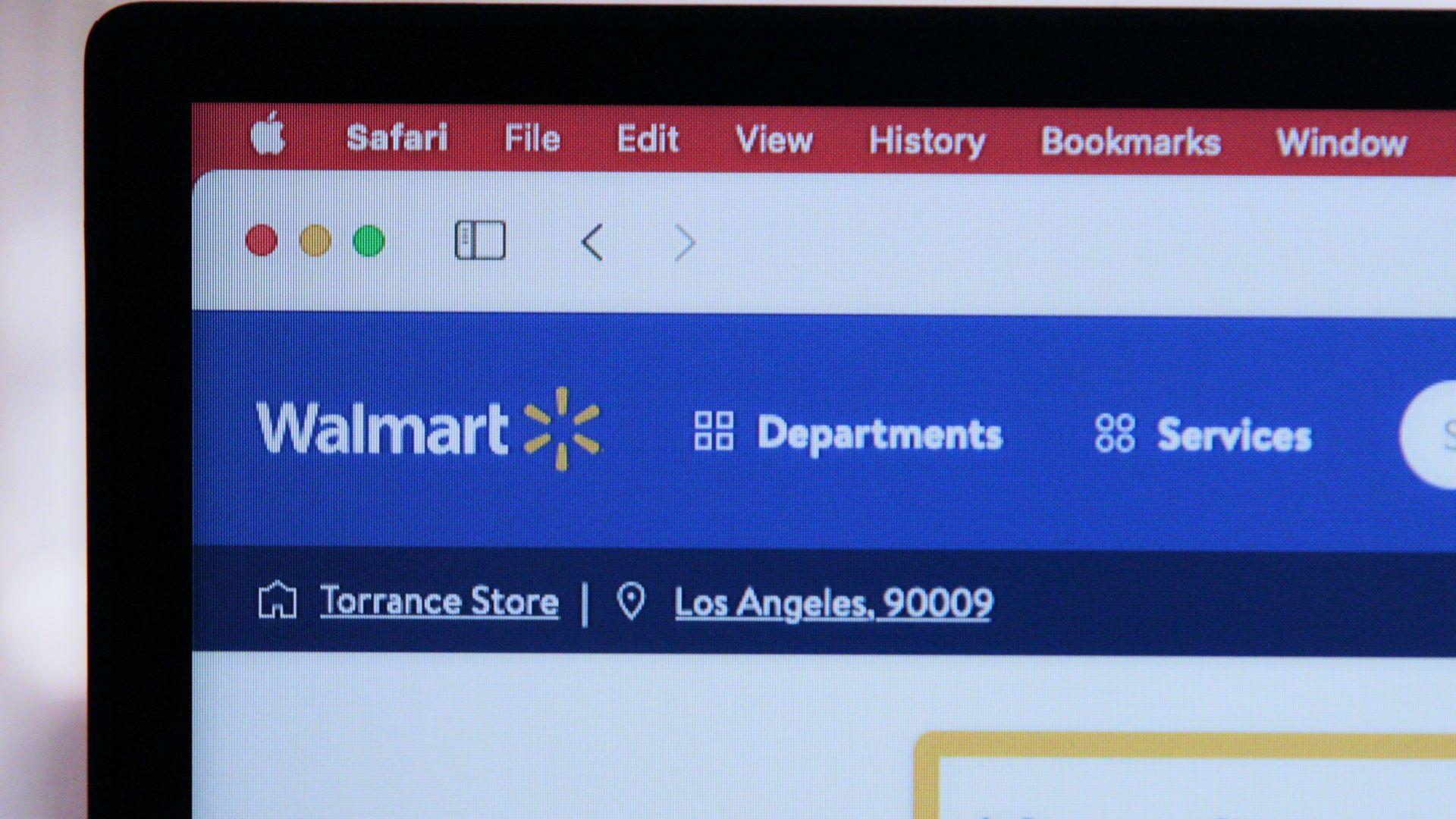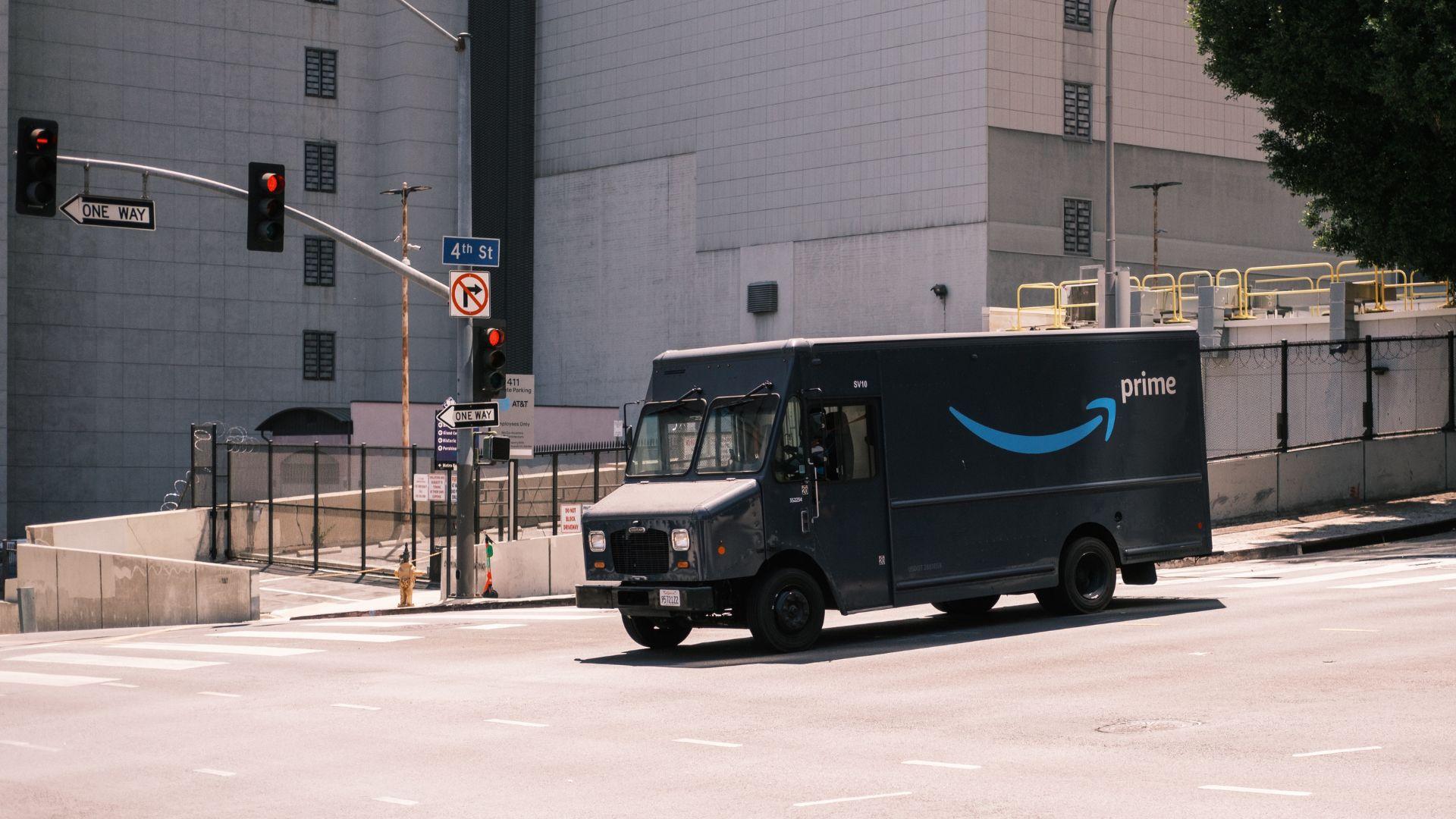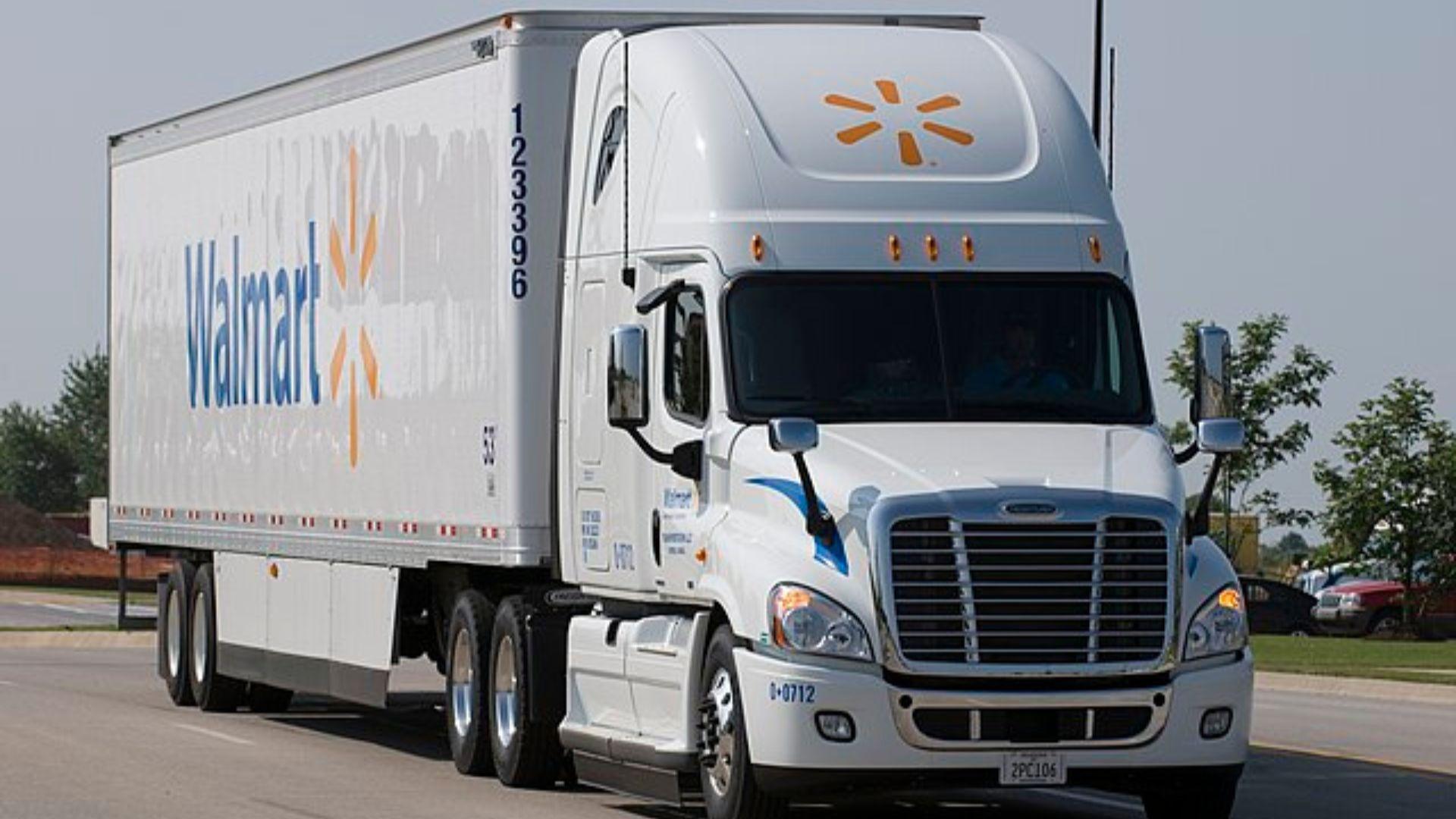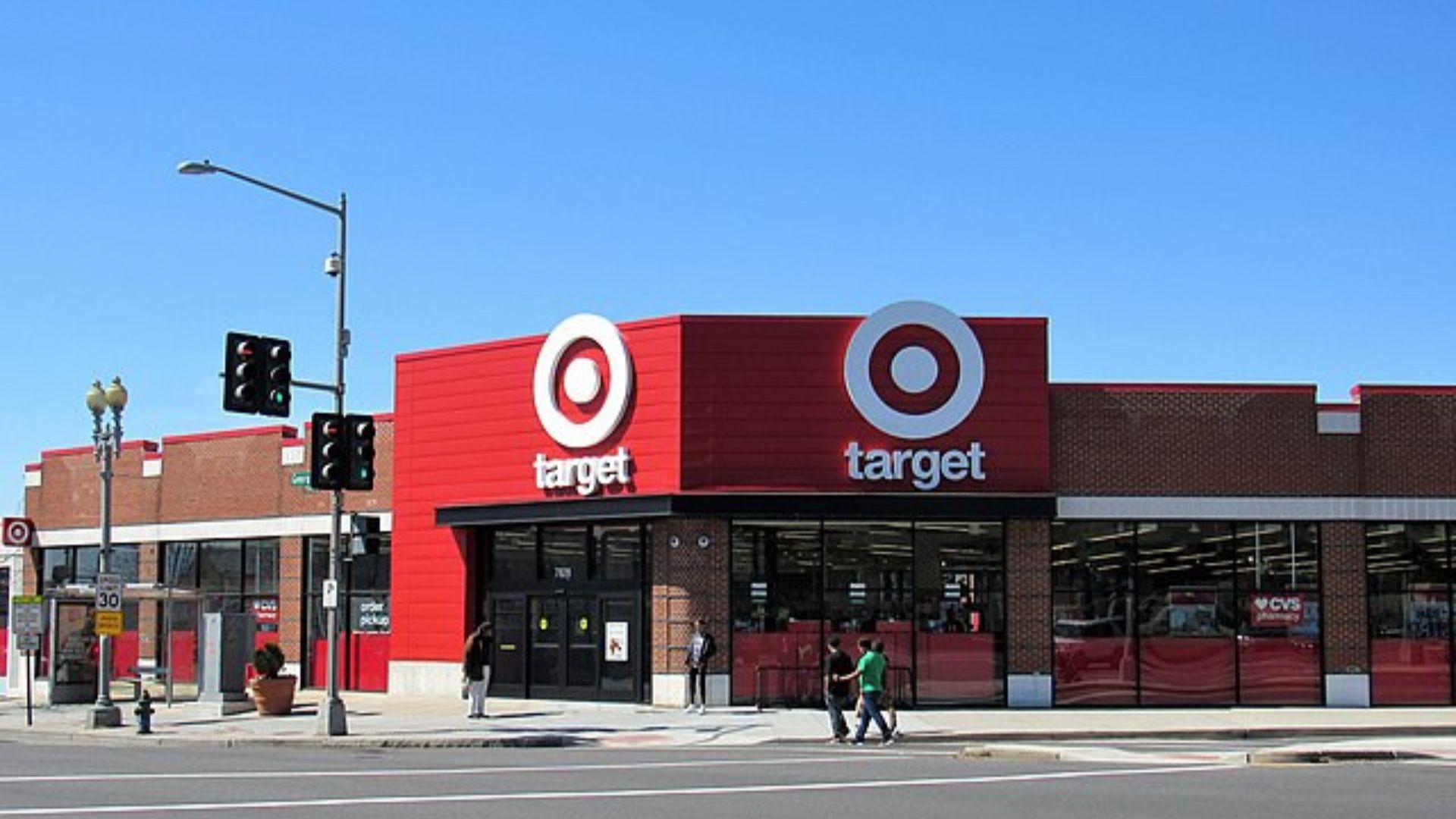Walmart is strategically shifting its approach to e-commerce by leveraging its 4,700 stores across the United States, a method reminiscent of Target’s successful model.
This change in Walmart’s operational strategy is seen as a direct move to enhance its competitive edge against Amazon, particularly in the online retail segment.
Integrating Brick-and-Mortar Stores with Online Sales

In an effort to strengthen its e-commerce business, Walmart is focusing on integrating its physical stores into the online sales process. This approach, previously employed by Target, involves using retail stores to fulfill online orders.
This operational shift is a part of Walmart’s broader strategy to enhance its presence and efficiency in the digital marketplace, aiming to provide a more seamless shopping experience for its customers.
Cross-Influence in Retail Strategies

Walmart’s latest strategic development in e-commerce reflects a trend of cross-influence among major retailers. By adopting a method similar to Target, Walmart demonstrates the dynamic nature of retail strategies in the digital age.
The approach involves using physical stores as a key component in fulfilling online orders, a tactic that has been part of Target’s business model for some time.
Targeting Amazon’s Dominance

Walmart and Target, while competing with each other, are also focusing on a larger competitor: Amazon.
Both retailers are adapting their strategies to better compete in the online marketplace, where Amazon holds a significant lead. By integrating their extensive store networks into their e-commerce strategies, Walmart and Target are seeking to challenge Amazon’s dominance in the digital sales arena.
Walmart’s Position in the Market

Despite being the larger company in terms of revenue and size, Walmart trails behind Amazon in online sales.
By adopting a strategy similar to Target, Walmart aims to strengthen its position in the e-commerce sector. This move is a strategic attempt to close the gap with Amazon, which has a substantial lead in online retail sales.
The Importance of Fulfillment in Online Retail

The effectiveness of e-commerce strategies often hinges on the efficiency of order fulfillment.
Walmart’s recent shift to using its retail stores for online order fulfillment is a direct response to the competitive landscape, where rapid and efficient delivery is crucial.
Walmart’s Advantage in Last-Mile Delivery

Walmart’s CFO, John David Rainey, emphasizes the cost and complexity of last-mile delivery in e-commerce.
Walmart’s extensive network of stores, located within ten miles of 90% of the U.S. population, provides a significant logistical advantage in making this part of the delivery process more efficient.
Walmart’s Evolution in Omnichannel Retailing

Walmart has been an early adopter of omnichannel strategies, starting with its ‘Site to Store’ service in 2007.
The company has experimented with various fulfillment methods and is now focusing on integrating its store network into its e-commerce operations.
Following Target’s Successful Model

Target has long focused on a ‘stores-as-hubs’ model, using its retail stores to fulfill online orders. Walmart’s current strategic shift suggests an alignment with this approach.
This method is not straightforward for large retailers and represents a significant operational change, as it involves the integration of online and physical retail processes.
The Race for Faster Delivery

In the competitive e-commerce market, the speed of delivery is a key factor. Walmart and Target are leveraging their retail store networks to compete with Amazon’s next-day delivery capabilities.
By using their stores for online order fulfillment, these retailers aim to provide faster delivery options, a critical aspect of customer satisfaction in online shopping.
Holiday Season Competition

As the holiday season approaches, the competition among Amazon, Walmart, and Target intensifies. Amazon remains the most popular online retailer for holiday shopping.
However, Walmart and Target are significant contenders, with their recent strategic shifts potentially impacting their market positions. The effectiveness of these strategies during the high-demand holiday season will be a crucial indicator of their success.
Assessing the Impact of Walmart’s Strategy Shift

Walmart’s adoption of a strategy similar to Target’s raises questions about its potential impact on the competition with Amazon.
The coming years will reveal whether this approach will help Walmart narrow the gap in online sales with Amazon.
